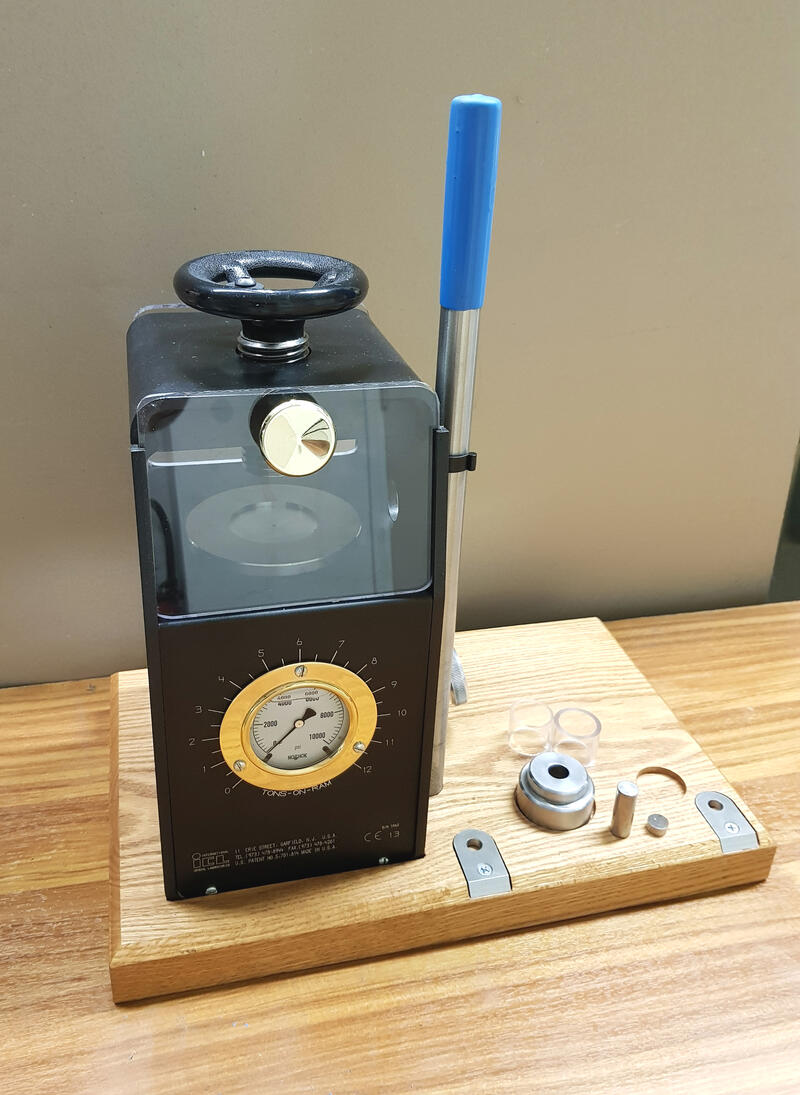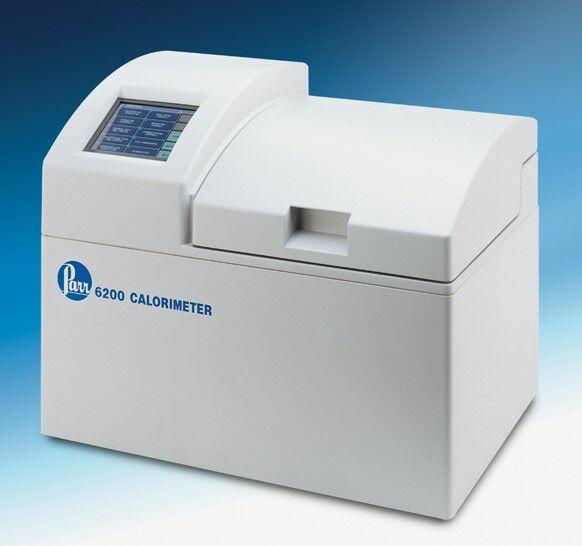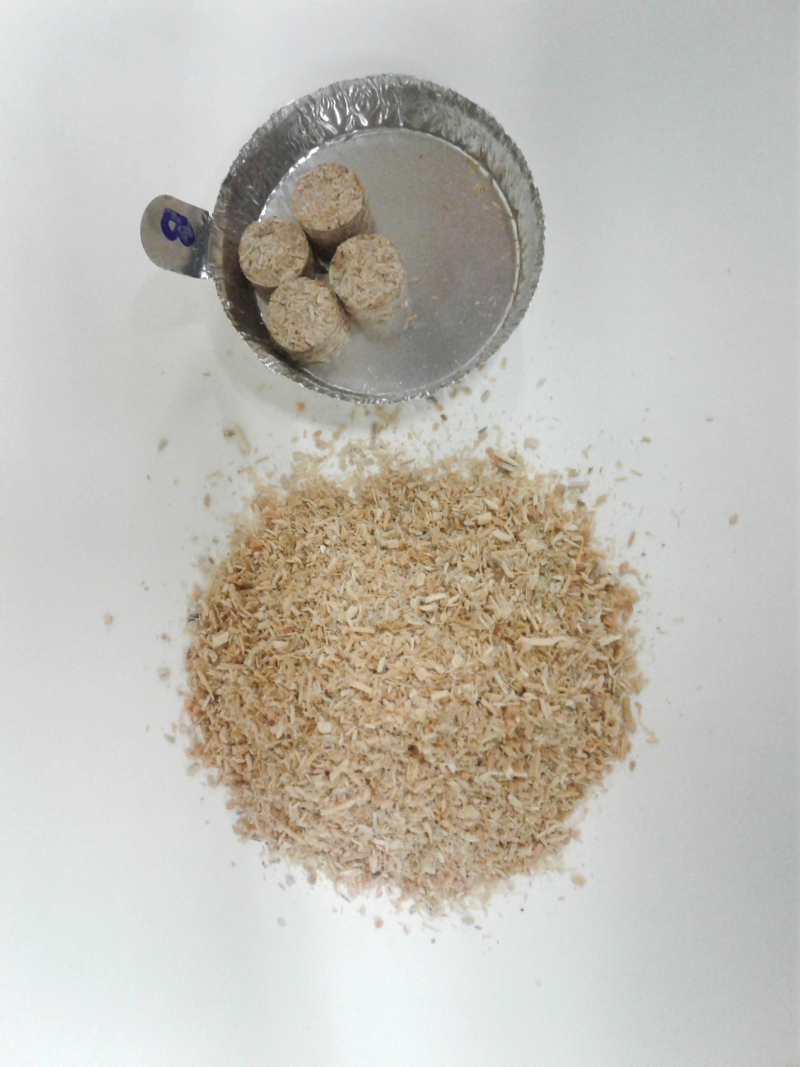
Services
Testing Laboratory
GCV and NCV measurements
Measuring gross and net calorific value
- Identify potential for recovering energy from paper-making biomass or by-products
- Assess the effect of variations in the characteristics of a biomass or paper-making by-product on its calorific value
- Check that a packaging complies with the requirements to be considered recoverable in the form of energy recovery as defined in the EU Directive on Packaging and Packaging Waste (94/62/EC)
General informations
The calorific value of a fuel represents the energy released as heat during combustion.This measurement plays a vital role in monitoring the energy performance of existing combustion plants. It is also vital for examining the possibility of using the by-products of paper-making processes as fuel in biomass boilers. Lastly, it may be necessary to check whether a packaging complies with the requirements to be considered recoverable in the form of energy recovery as defined in the EU Directive on Packaging and Packaging Waste (94/62/EC).
The “Effluent Treatment” laboratory is equipped with a calorimeter, which is used to determine gross calorific value (GCV). The hydrogen content of the fuel is then measured in order to calculate net calorific value (NCV).
The measurement can be performed on a wide variety of fuels including lignocellulosic biomass, black liquor, lignin, paper-making sludge and packaging components.
Technical data and Achievements
Associated standards
Determination of gross calorific value (GCV) using the bomb calorimeter method and calculation of net calorific value (NCV) are performed according to the principles of NF ISO 1928.
Other standards may be associated, depending on the case:
- NF EN 15170: Characterization of sludges - Determination of calorific value
- NF EN 15400: Solid recovered fuels - Determination of calorific value
- NF EN 13431: Requirements for packaging recoverable in the form of energy recovery, including specification of minimum inferior calorific value
The CTP is equipped with a Parr 6200 calorimeter.
The sample is burnt in a high-pressure oxygen environment in a vessel known as an oxygen bomb. GCV is calculated on the basis of a high-precision measurement of the resulting temperature increase.
Sample preparation
We carry out the specific sample preparation process: crushing, homogenisation, pelletising, etc.
Additional analyses
Calculating NCV involves measuring the hydrogen content of the fuel.
The moisture level in the sample is also measured in order to express the results in megajoules per kilogram on a dry basis (MJ/kg dry) and megajoules per kilogram as received (MJ/kg as received).
In addition, it is possible to analyse the composition of fuels or ash (elemental analysis, ash content, metal or trace metal levels, polluting compounds, etc.). Contact us for further information.
 |
 |
 |
||
| Pelletizer | Calorimeter | Sample |
Also to be seen
Centre of Excellence